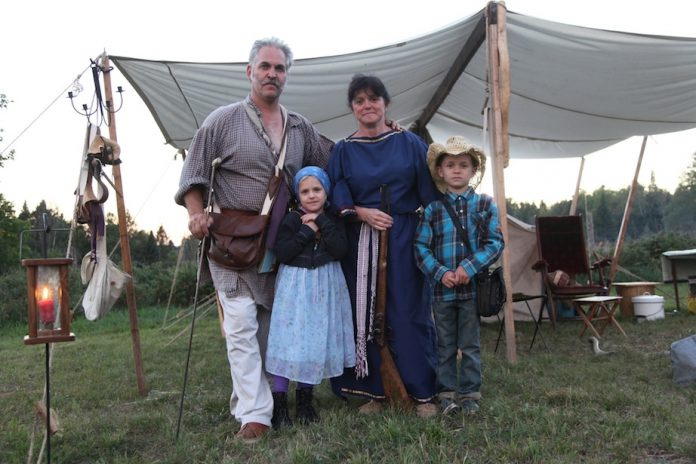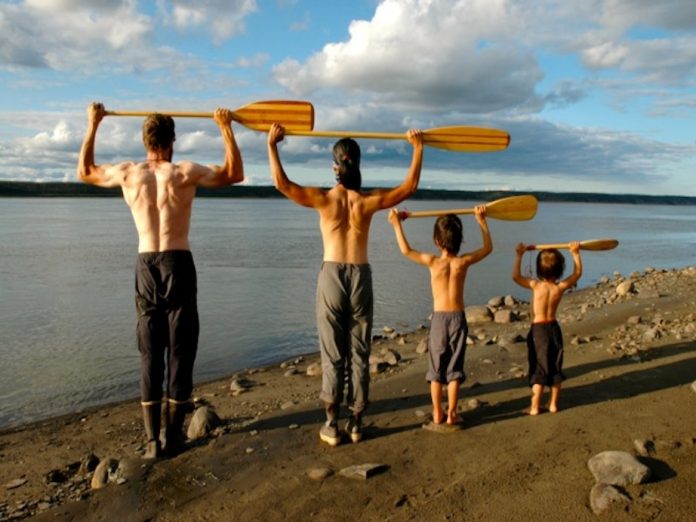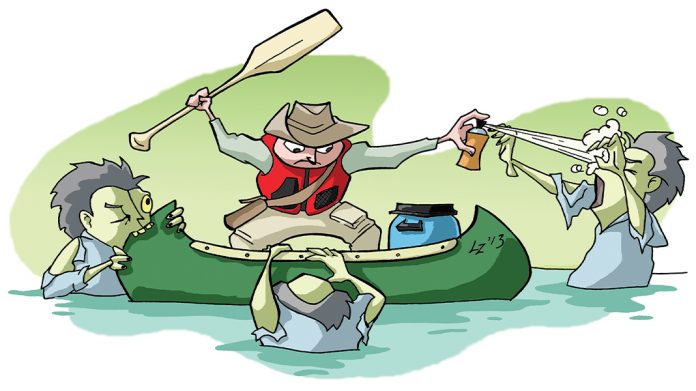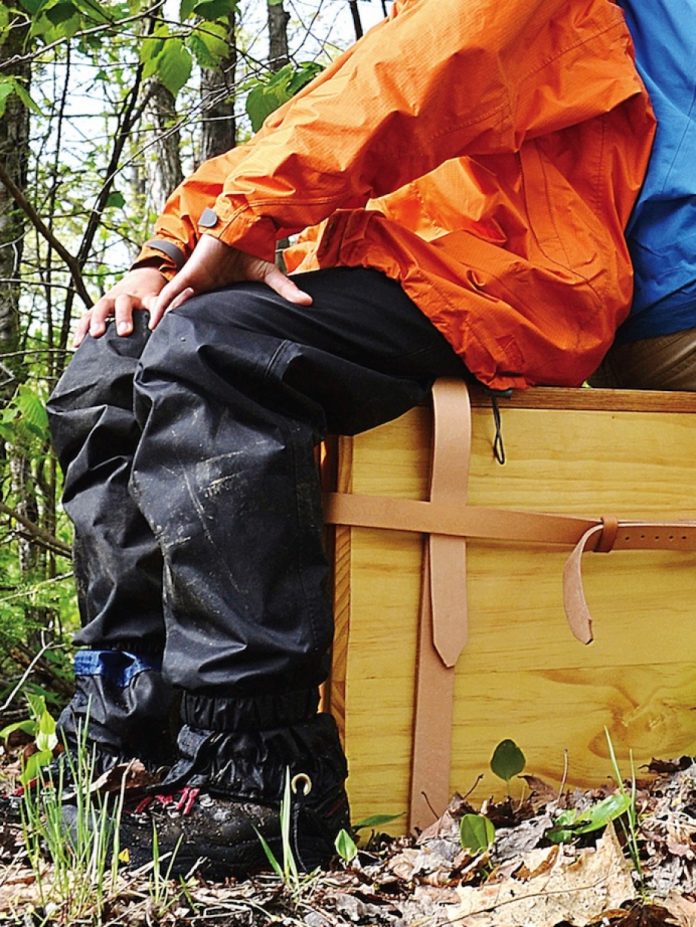Graceful, sleek and occasionally ferocious, the Haida dugout canoe has plied the waters of the Pacific Northwest for thousands of years. Traditionally built on Haida Gwaii, an archipelago off the northwest coast of British Columbia formally known as the Queen Charlotte Islands, the ornate dugout canoe has experienced a revival in recent years.
“The canoe was central to the culture as we know it today,” says Nika Collison, curator at the Haida Heritage Centre in Skidegate, BC. “Historically, the canoe was our highway, our sole vehicle. Today it’s making a comeback, it’s pivotal in our youth gaining a deep interest in Haida culture. It connects the land and water and where they come from.”
Haida dugouts ranged in size from small two-man crafts, no bigger than the common canoes of today, to 70-foot-long, ninefoot- wide, ocean-going war and cargo canoes. Equipped with a raised bow to cut through waves, they were capable of handling most of what the Pacific could throw at them.
“The dugout allowed us to fish off of the shore in great abundance, to travel around the island and contact our relatives. It allowed us to travel across the Hecate Strait to the mainland, acquiring goods that weren’t available locally,” adds Collison. “It not only expanded our own economy, it gave us a broader understanding of the world.” The oral tradition of the Haida people includes stories of journeys by dugout as far south as the coast of California and even Hawaii.
Haida dugouts are made of western red cedar, a tree that can grow over 200 feet tall and 12 feet in diameter. Felled by fire in the summer, the tree would be cut to length and the bark and sapwood removed. Since the trees are heavier on the north side, the log was split east to west to avoid a list in the finished canoe. The basic shape was roughed in and left over winter to season. The next spring work resumed and the canoe was hollowed out. Finishing involved partially filling the canoe with water and using hot rocks to boil the water and steam the sides so that they could be stretched outwards, giving the canoe more beam.
Fires were lit along the canoe’s length to harden and strengthen the wood. Ornately carved bow and stern pieces were sometimes added. Waterproofing was accomplished using fish oil, and splits in the wood were filled with pitch. The finished product was a seaworthy vessel with a rounded hull and flared sides, rising to high bow and stern projections—a thing of beauty.
During the late twentieth century, the traditional knowledge of the canoe’s manufacture was close to dying out before Haida community members and artists, including the late Bill Reid, stepped in. Though there’s only been a handful built in the last 100 years, Haida communities have increasingly been paddling them in exhibitions and race events to connect with their heritage, says Collison.
Guy Kimola is a professional photographer from Masset, Haida Gwaii. www.haidagwaiiphotos.com
This article originally appeared in Canoeroots & Family Camping, Summer/Fall 2013. Download our free iPad/iPhone/iPod Touch App or Android App or read it here.



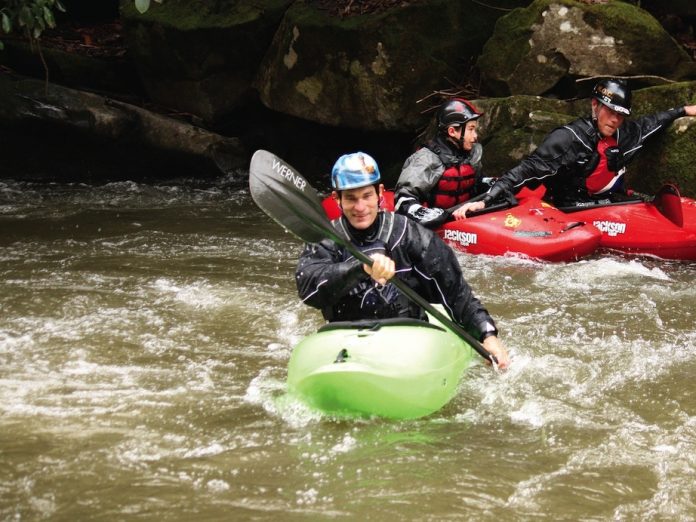
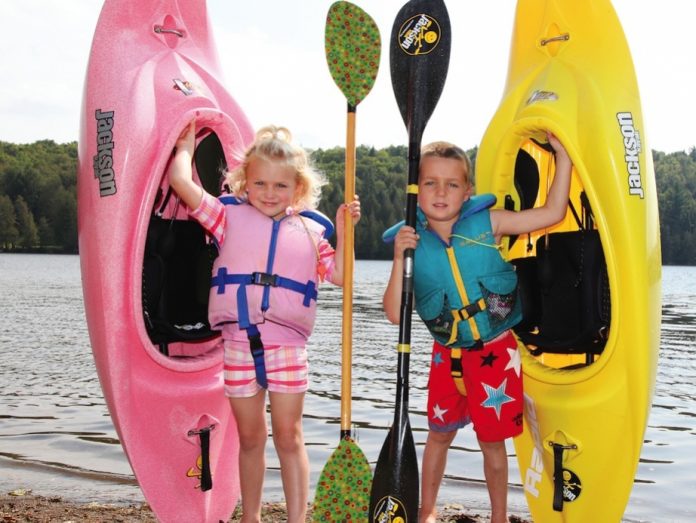
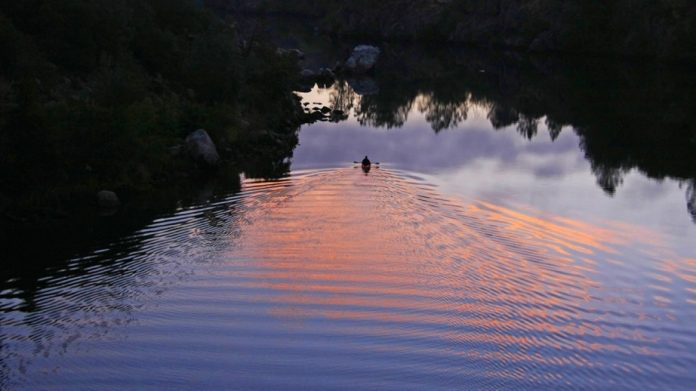
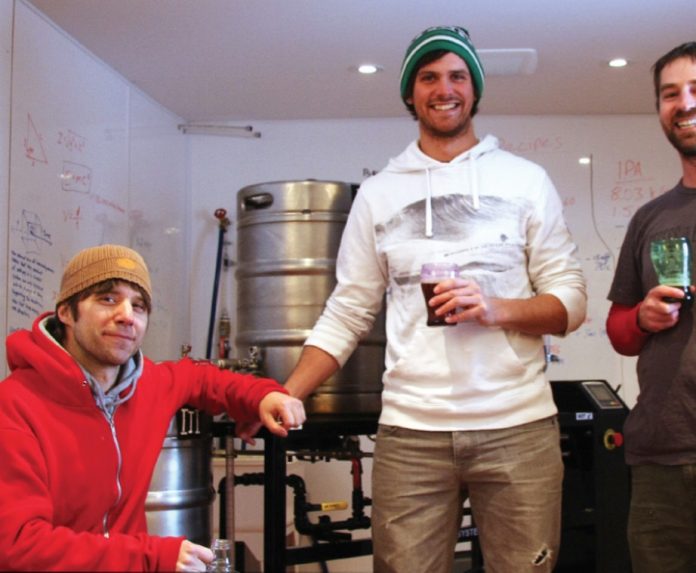
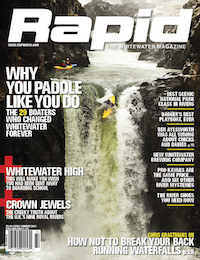 This article first appeared in the Summer/Fall 2013 issue of Rapid Magazine.
This article first appeared in the Summer/Fall 2013 issue of Rapid Magazine.